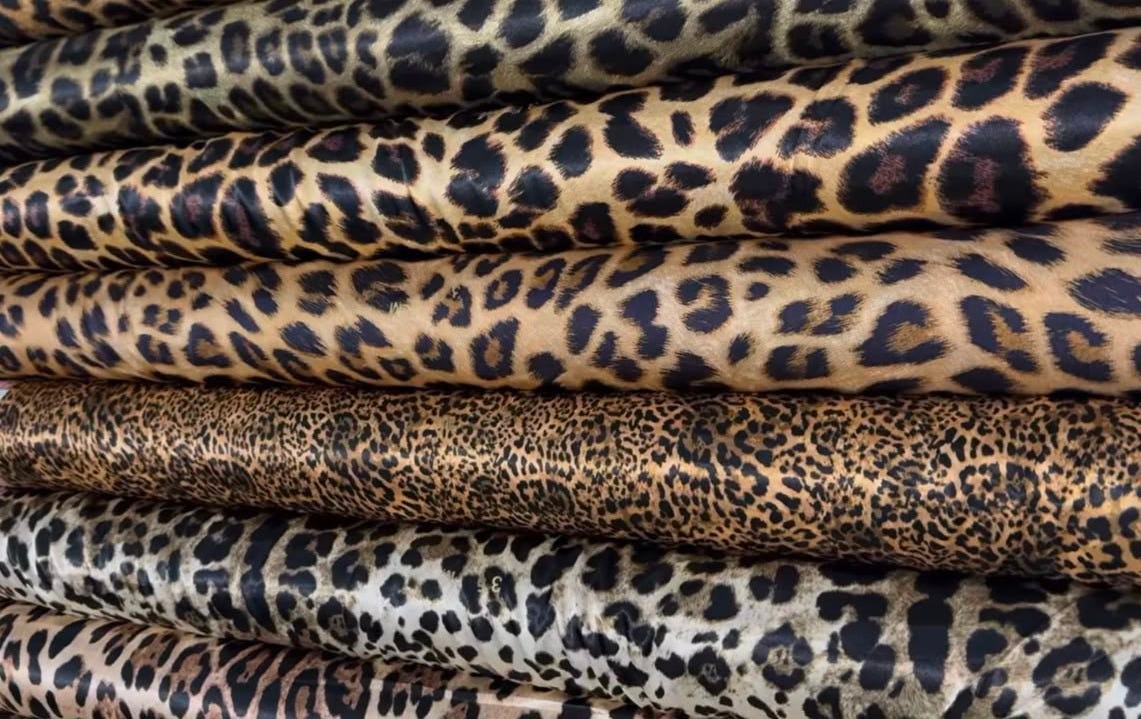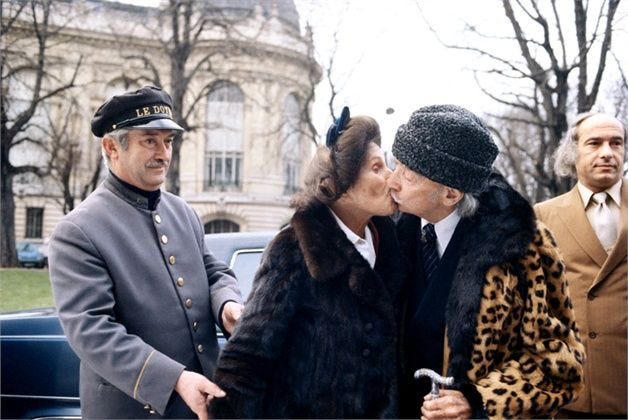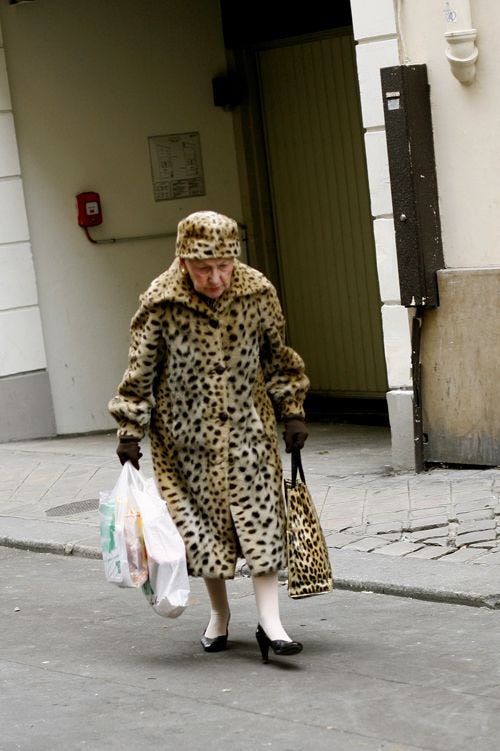Once upon a time, back when the editorial publishing world was going through a major crisis, I reinvented myself as a textile print designer.
My journey began at Dolce & Gabbana, right in the middle of their super print phase (yes, it was as maximalist and fabulous as it sounds). From there, I went freelance, creating for dreamy brands like Vivetta, Coliac, and Rare, always chasing the next visual story that could live on fabric.
If you know me, you know that leopard print is it. It’s my north star, my style soulmate, my forever crush.


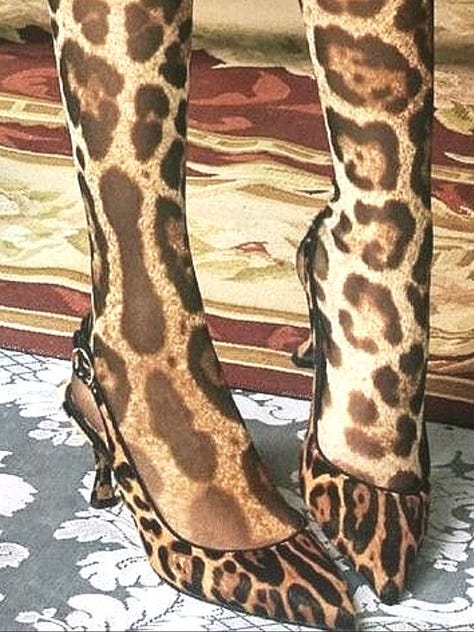
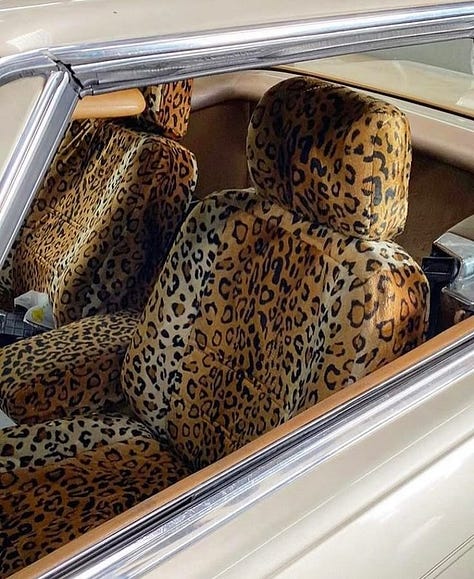
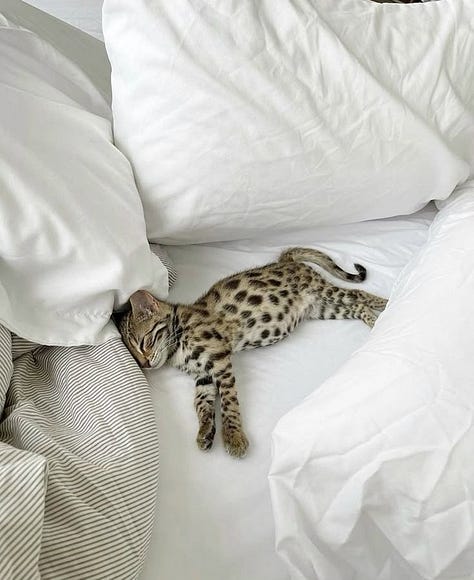
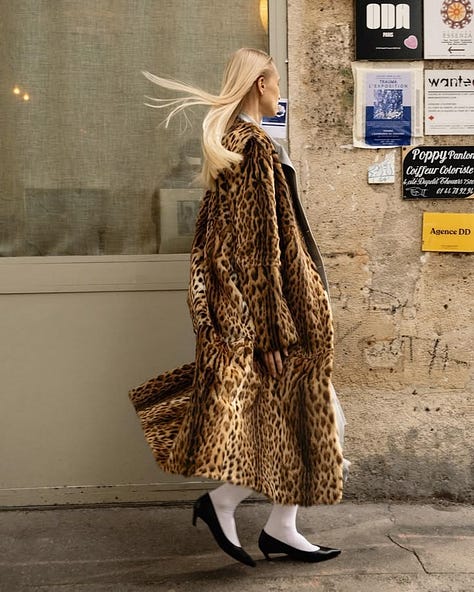

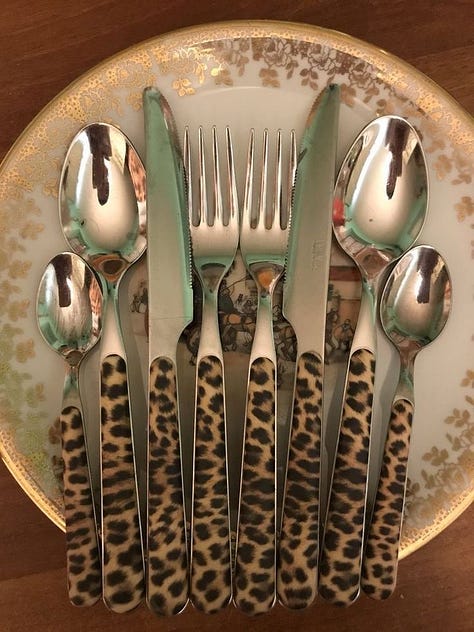
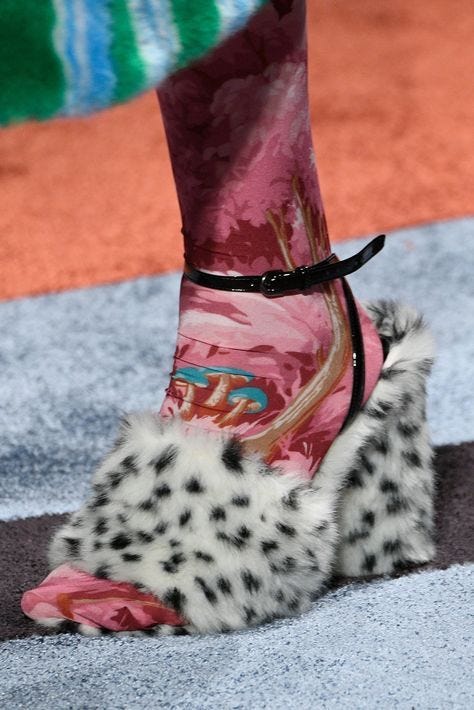
I honestly can't get enough of it. When I spot something leopard, I turn into one of those birds... what’s it called? The one that collects shiny things? A bowerbird! That’s me, but for leopard. Every time.

And just to say, when I talk about prints, I’m not just speaking as a fangirl. After plenty of years inside style offices I also taught a course in Textile Pattern Design for the NABA Master in Fashion Design in Milan. I’ve spent years obsessing over colors, repeats, scales, and how a pattern moves on the body. And honestly, designing a truly good leopard print is an art form in itself. It’s surprisingly easy to get wrong, to make it look cheap, cartoonish, or overly synthetic. That’s probably why when it’s done right, it feels like such a triumph!
What is it about leopard print that makes it so irresistible?
Well, first of all, it mimics the fur of a wild, powerful predator. It’s sensual, dangerous, confident, all the things you want to feel when you get dressed in the morning. And surprisingly, it acts like a neutral. You can pair it with almost anything: bold colors, minimalist looks, glam or streetwear. It's fashion’s ultimate chameleon.

And as if the universe knew I’d fall in love with anything leopard-spotted, nature went ahead and gave us orchids (my favorite flowers) with leopard dots. These aren’t just flowers, they’re living works of art.
The resemblance isn’t accidental, these markings help attract specific pollinators in the wild. But to us, they feel like a botanical nod to the same drama and exotic elegance that leopard print evokes in fashion.
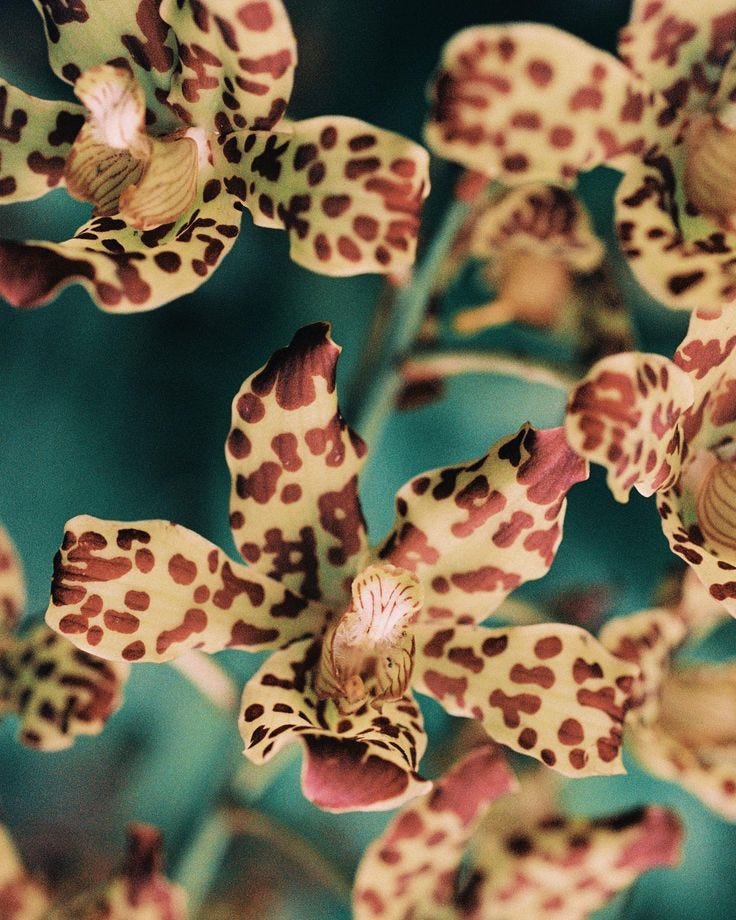
And then there are the seashells, even the ocean has its own take on leopard print. Certain species are covered in natural spots that look straight out of a high-fashion textile archive.
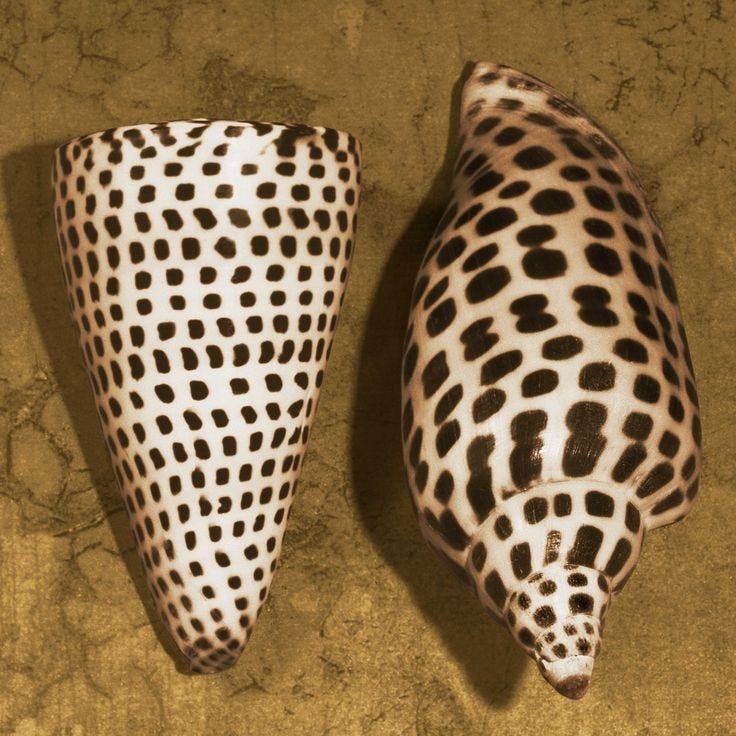
What fascinates me is how this motif, leopard-like spots, occurs again and again in nature: on petals, on fur, on shells. As if there’s something universally captivating about that rhythm of wildness and order. It’s nature’s version of timeless style.
And honestly, if the sea, the jungle, and the flower fields are all in on leopard print… who are we to argue?
But what I love most is that it never goes out of style. Unlike fleeting trends, leopard print evolves with each decade, constantly reinventing itself.
(I can’t remove this dot, it could be the polka dots rebelling because I said their pattern is less important then the leopard one :)) So here I found a pattern that embraces both of them:

Custom Giancarlo Peretti ALKY Chairs. Pair of one of a kind custom upholstered in Black/Navy polka dot on saddle leather that reminds leopard print The amazing story of Leopard Print it’s beautifully told here, below few of my favorite facts:
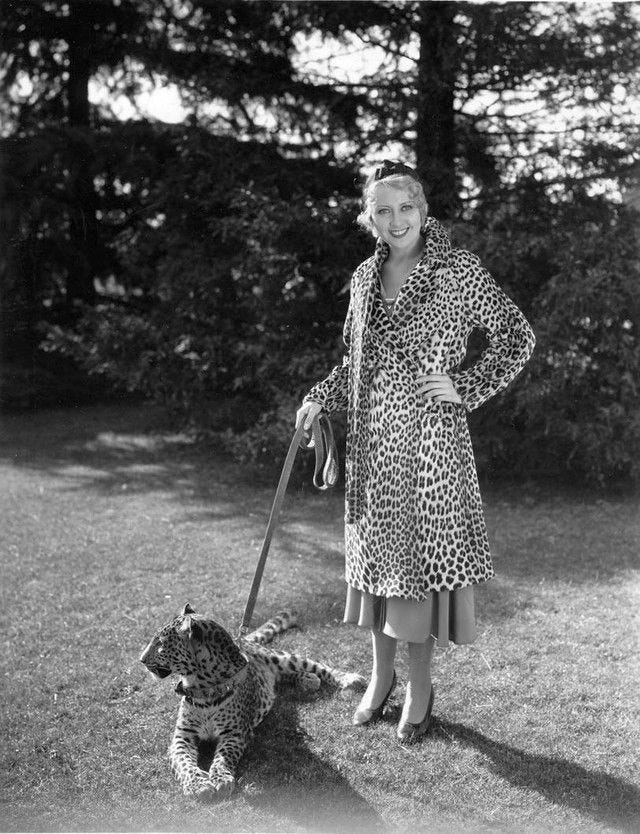
Joan Blondel, 1930s - It was all part of the broader colonial-era obsession with “the exotic”, often problematic, but undeniably influential in shaping the aesthetics of the time. The idea was: if you couldn’t go on safari, you could bring the safari to your salon. 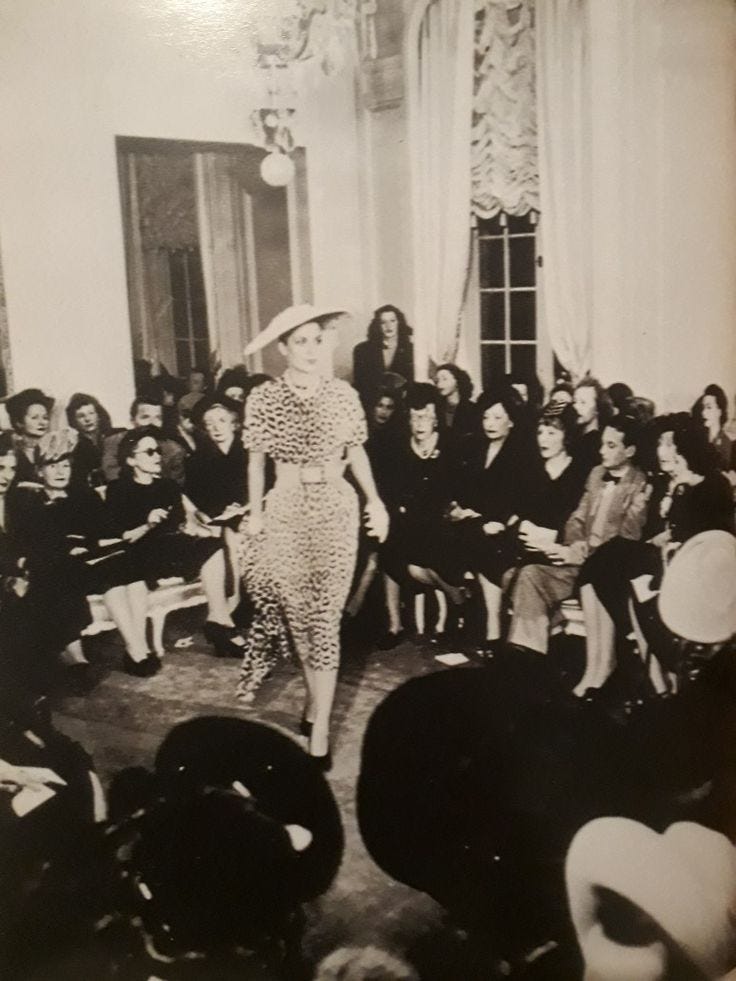
Christian Dior 1947 - By the 1940s–50s, designers like Christian Dior were using leopard in high fashion, bringing elegance and drama to the pattern. “But to wear leopard, you must have a kind of femininity which is a little bit sophisticated. If you are fair and sweet, don’t wear it.” Christian Dior
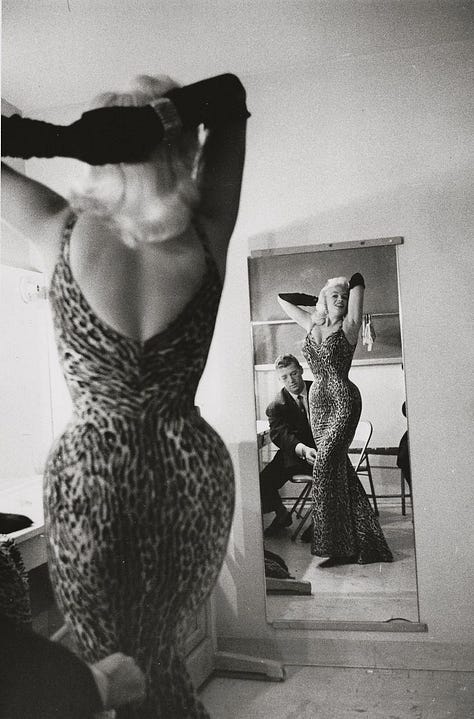
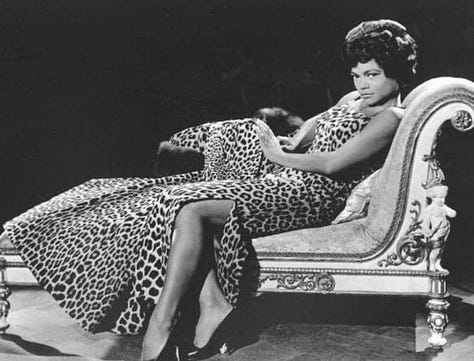
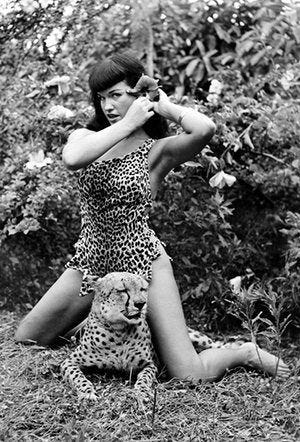
In the 60s it got rebellious, think Jayne Mansfield, Eartha Kitt, and Bettie Page, who turned it into a symbol of freedom, femininity, and unapologetic attitude. 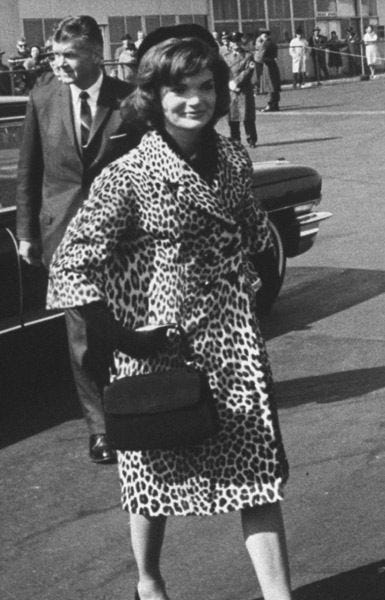
Jackie Kennedy’s leopard coat caused such a frenzy in the '60s that it allegedly led to the killing of over 250,000 leopards, and helped fuel the rise of the modern conservation movement. 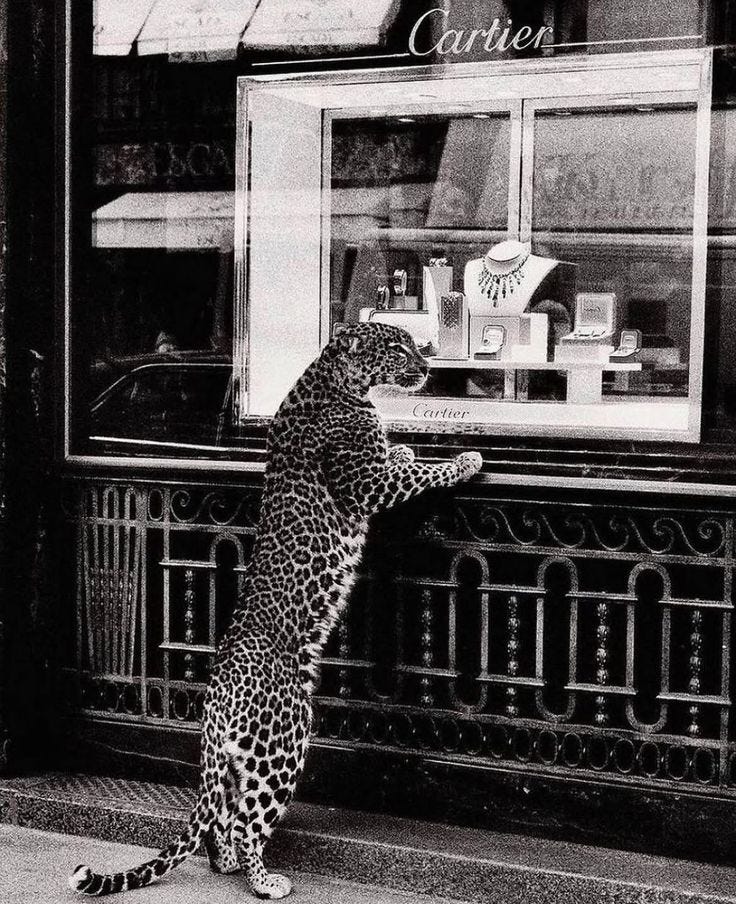
In 1914, Cartier debuted a wristwatch with a panther motif, using onyx and diamonds to create a spotted pattern, marking the first official appearance of the animal in the brand’s design. I’ve always been fascinated by older women in animalier print. There’s something so effortlessly cool about it, like they’ve lived enough to stop caring what anyone thinks and started dressing purely for the joy of it.
Honestly, that’s the energy I want to carry into every stage of life.
Curiously, as much as I adore leopard print on clothes and accessories, It’s really difficult in interiors; on furniture, walls, rugs... In a room, it often just feels loud, static, and way too much. The only way it can work is if you bring it at its finest, and have an entire home like one of Dita Von Teese:
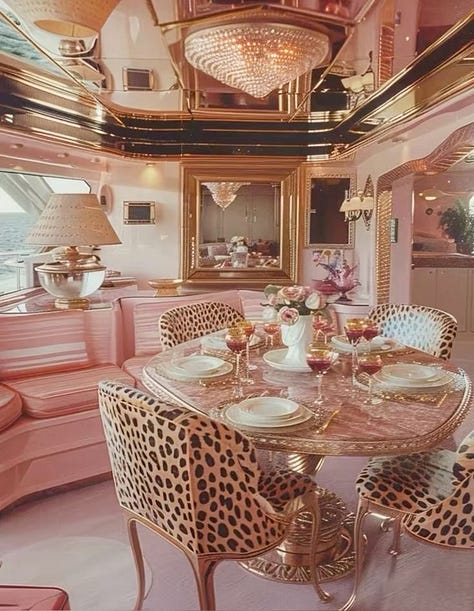

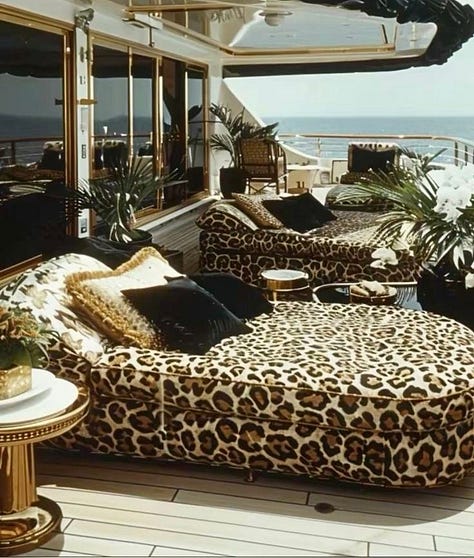
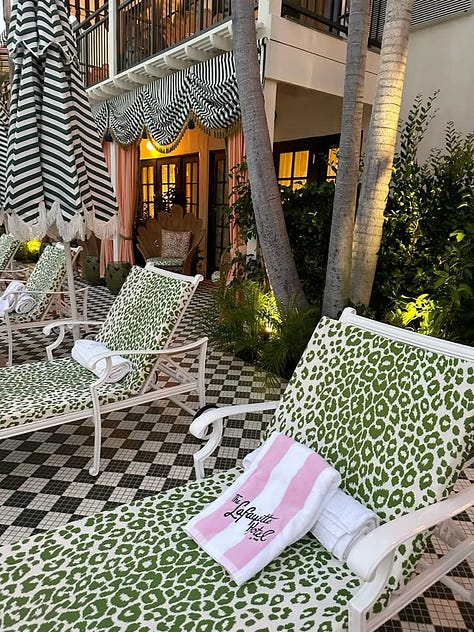
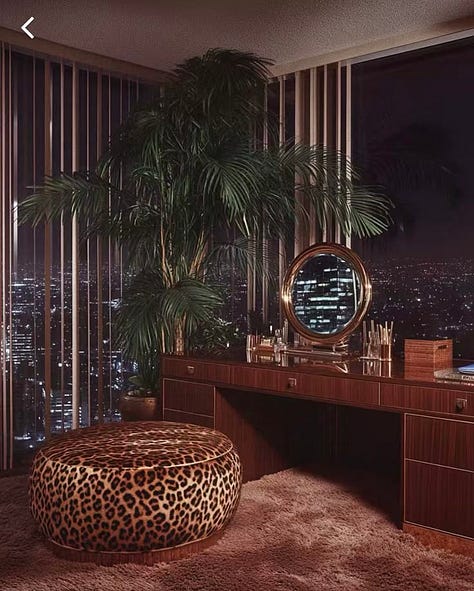
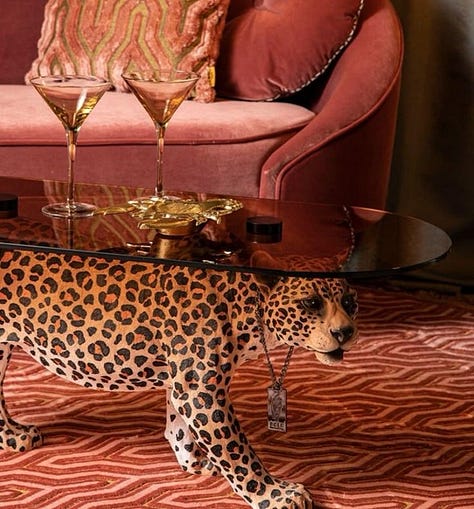
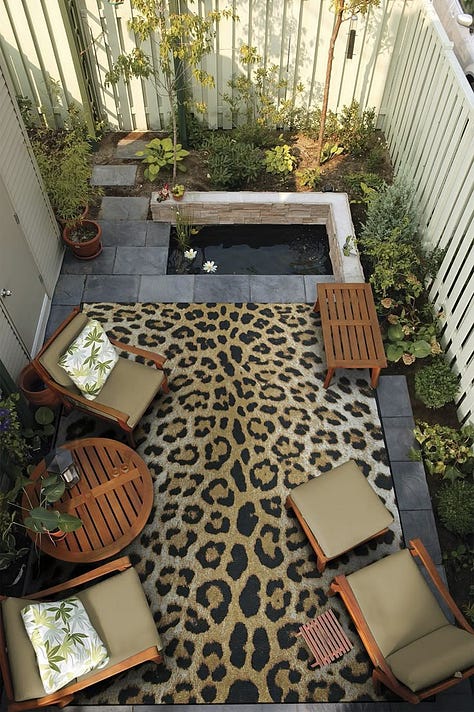
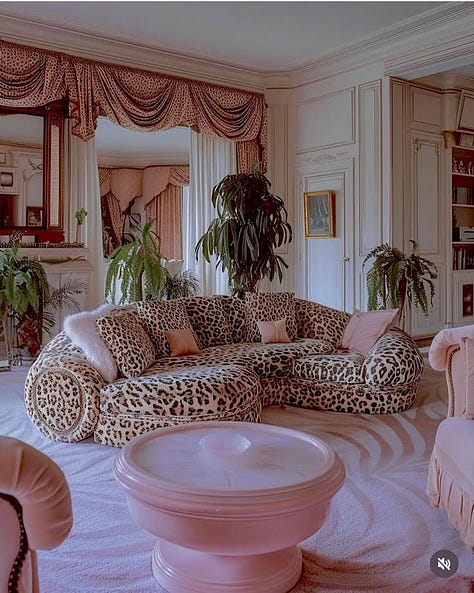
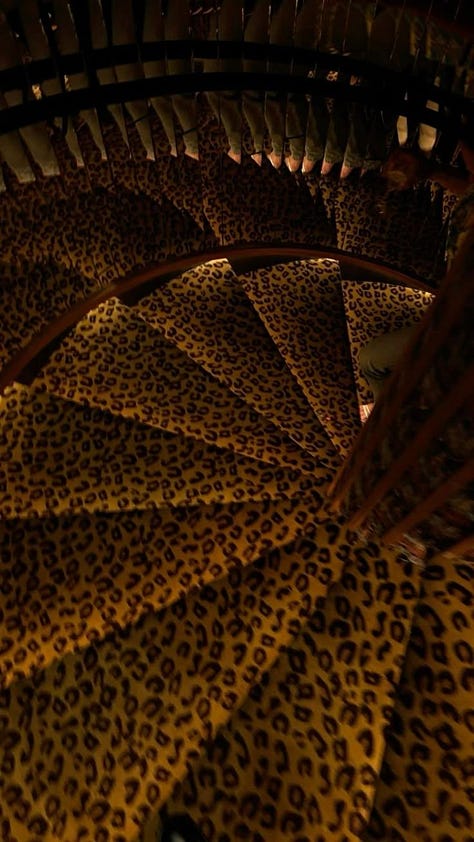
I would say that today the feeling around leopard print has shifted. We’ve grown so used to it that it no longer feels too aggressive or outrageous. What once screamed rebellion now whispers confidence with a wink. And maybe that’s because we’re instinctively drawn to it. After all, nature itself designed this pattern, with such effortless beauty and rhythm. It’s not just a fashion statement; it’s a celebration of what the natural world gave us.





